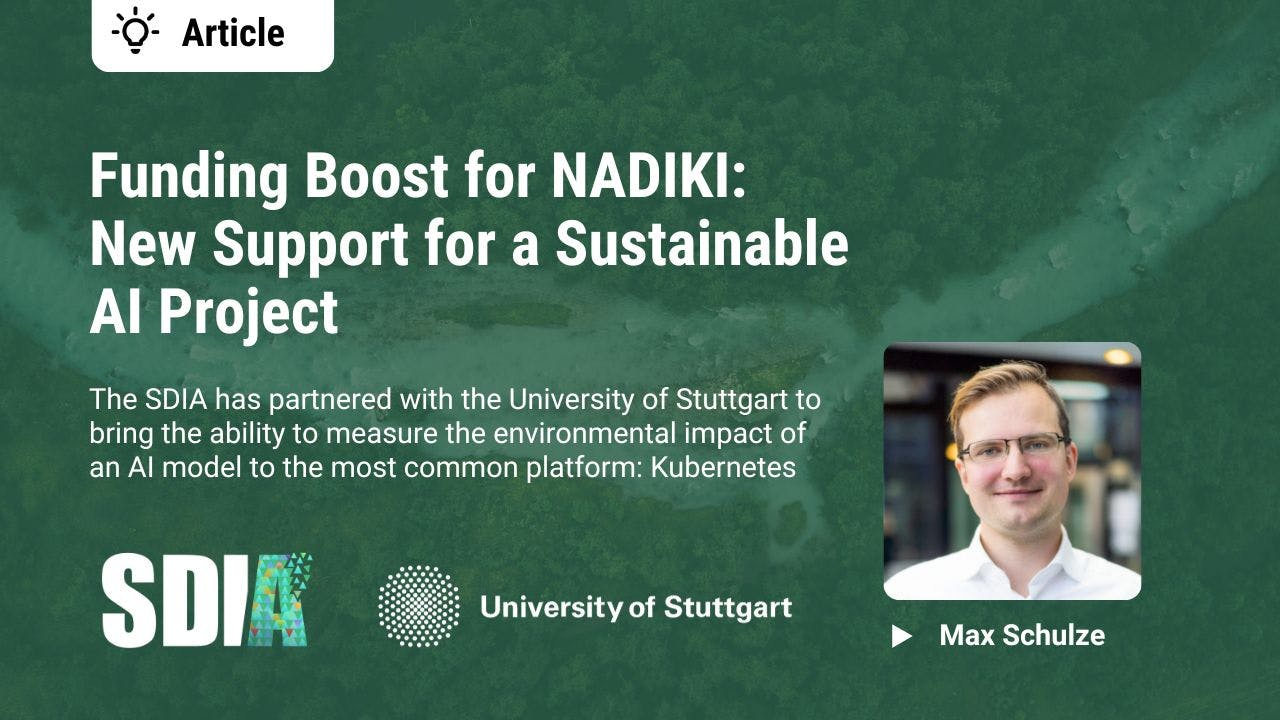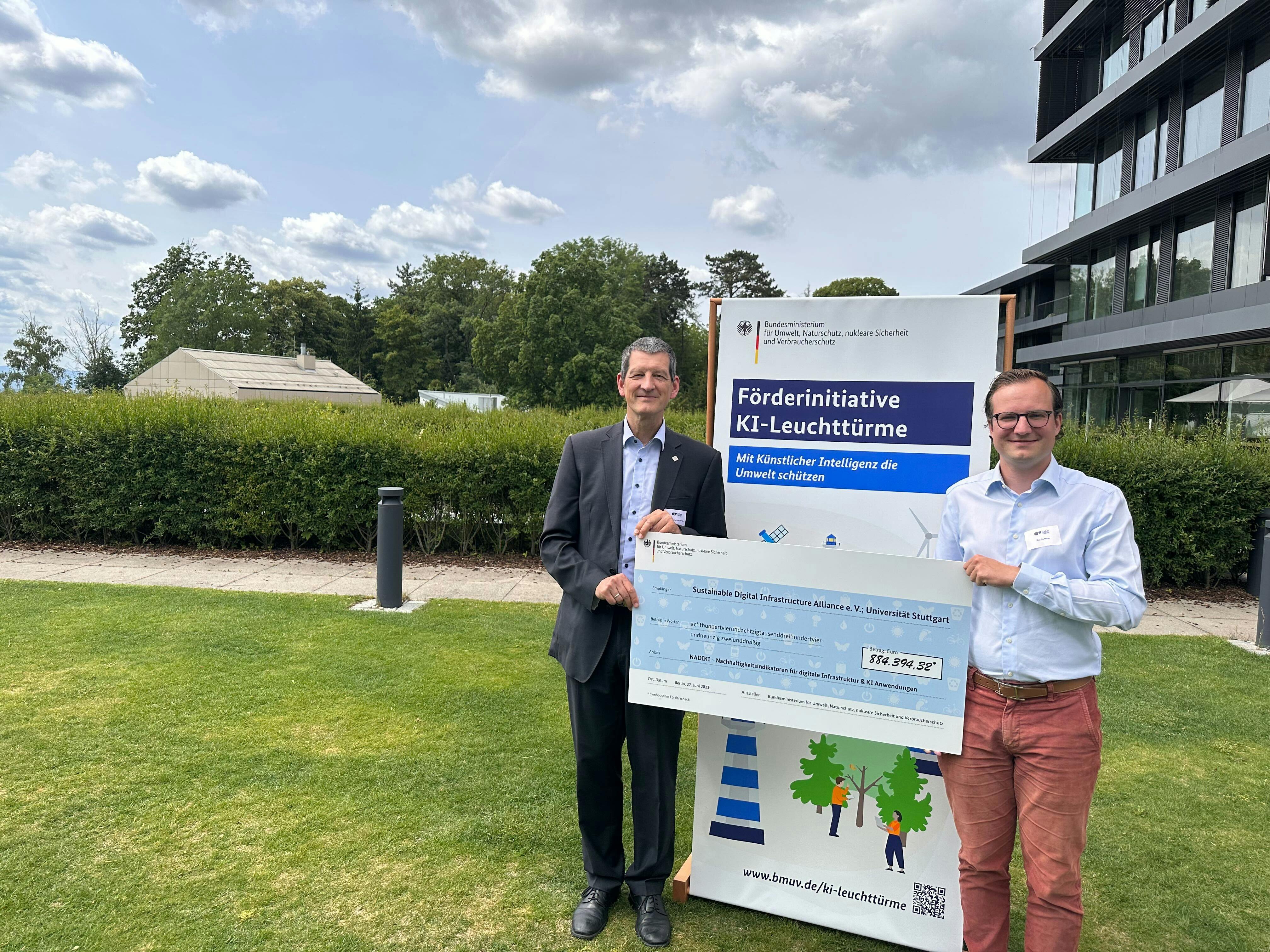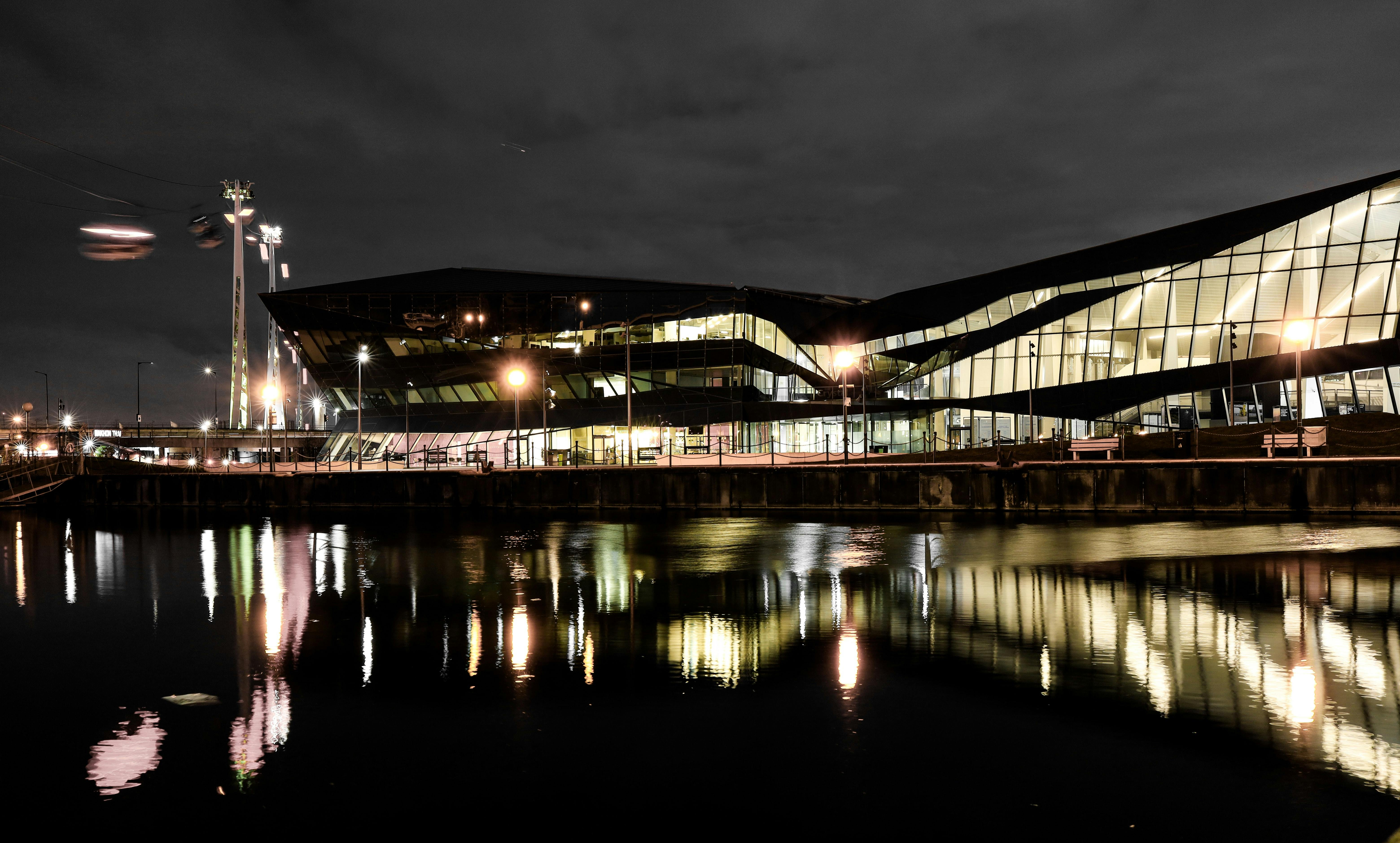What’s New About NADIKI?
Most importantly, NADIKI will make environmental impact metrics available to AI models & applications which are running on Kubernetes.
Together with the University of Stuttgart, NADIKI will provide – for the first time – a data collection software for the data center facility, which provides a unified API to Kubernetes, through which information can be retrieved, e.g., what is the current energy mix/how much renewable energy is available? Are the diesel generators running? How much water is being used right now to support the cooling system efficiency? Is there an outage in the facility?
Within Kubernetes, NADIKI aggregates the information from the facility, the underlying server infrastructure, and the orchestration platform itself, enriches them, and delivers all the relevant KPIs to the application and monitoring systems.
With this NADIKI will provide a new level of accuracy, all wrapped in an easy-to-use integration which gathers information via many paths, always delivering the ‘best available’ data on the environmental impact to the application.
NADIKI uses a Life Cycle Assessment approach to measure the actual resources consumed. This includes elements such as regional electricity generation, whether recycled IT equipment has been used, or if waste energy is being reused.
NADIKI can use both virtual and physical IT infrastructure, integrating the data into one system. In the past it’s been difficult to track the resources used by virtual servers. NADIKI will make it easier to measure overall consumption for an individual AI application.
All of the software – both for Kubernetes and the digital infrastructure itself - will be available open source and can be used within existing IT infrastructure. And of course, we will build upon all the great tools which are already out there. With more data comes more transparency and the potential for innovation across the entire sector.

.jpg?ixlib=gatsbyFP&auto=compress%2Cformat&fit=max&rect=0%2C44%2C600%2C800&w=600&h=800)

.png?ixlib=gatsbyFP&auto=compress%2Cformat&fit=max&w=1994&h=1132)

